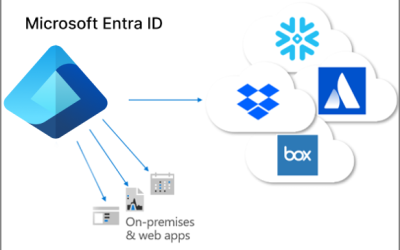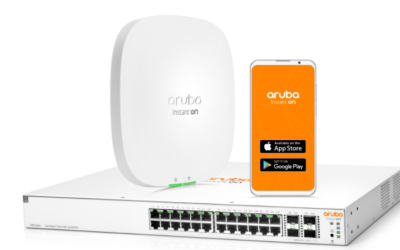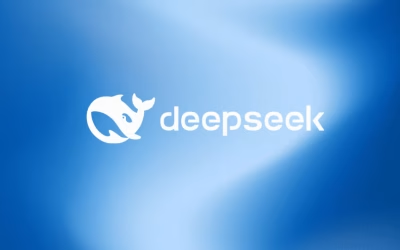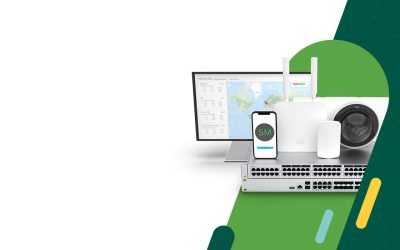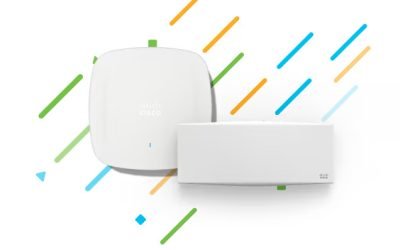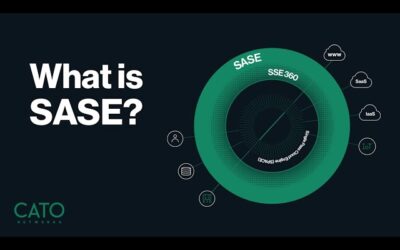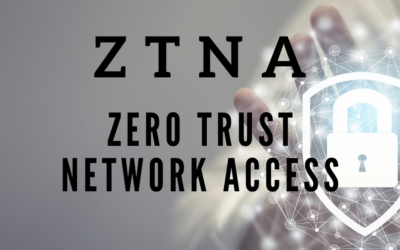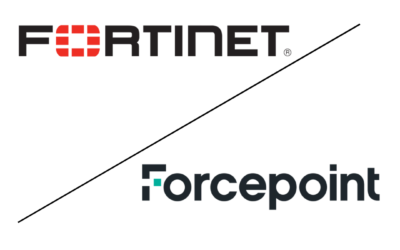Access Control and Surveillance as IP Infrastructure
Access Control and Surveillance as IP Infrastructure
Devices and Applications in the corporate environment have become increasingly IP-based. The IP which used to be always there on the backend, at the integration level, is finding a place in front end user application as well. The simplicity and familiarity to configure are the two main reasons which drive the IP adoption.
The recent two new applications, which were traditionally non-IP or non-IT, are access control and surveillance, to be added to IP Infrastructure. Both these applications are beside whatever have already transformed like voice communication (SIP Now), Storages, Wireless access etc. Access control and Surveillance, both these devices used IPs; only in the head-end side where the storage media or controllers are connected to the network infrastructure. Today CCTV cameras and the access controller up to the sensor level, are IP enabled and ready for deployment as part of the IT infrastructure.
These changes have been gradually happening for the last 10 years. Because of the ubiquitous nature of IP in the infrastructure, it is logical for any manufacturer to adopt IP for their applications to be part of the infrastructure. All the Low voltage applications, including the Industrial Automation, will morph or change to IP Infrastructure
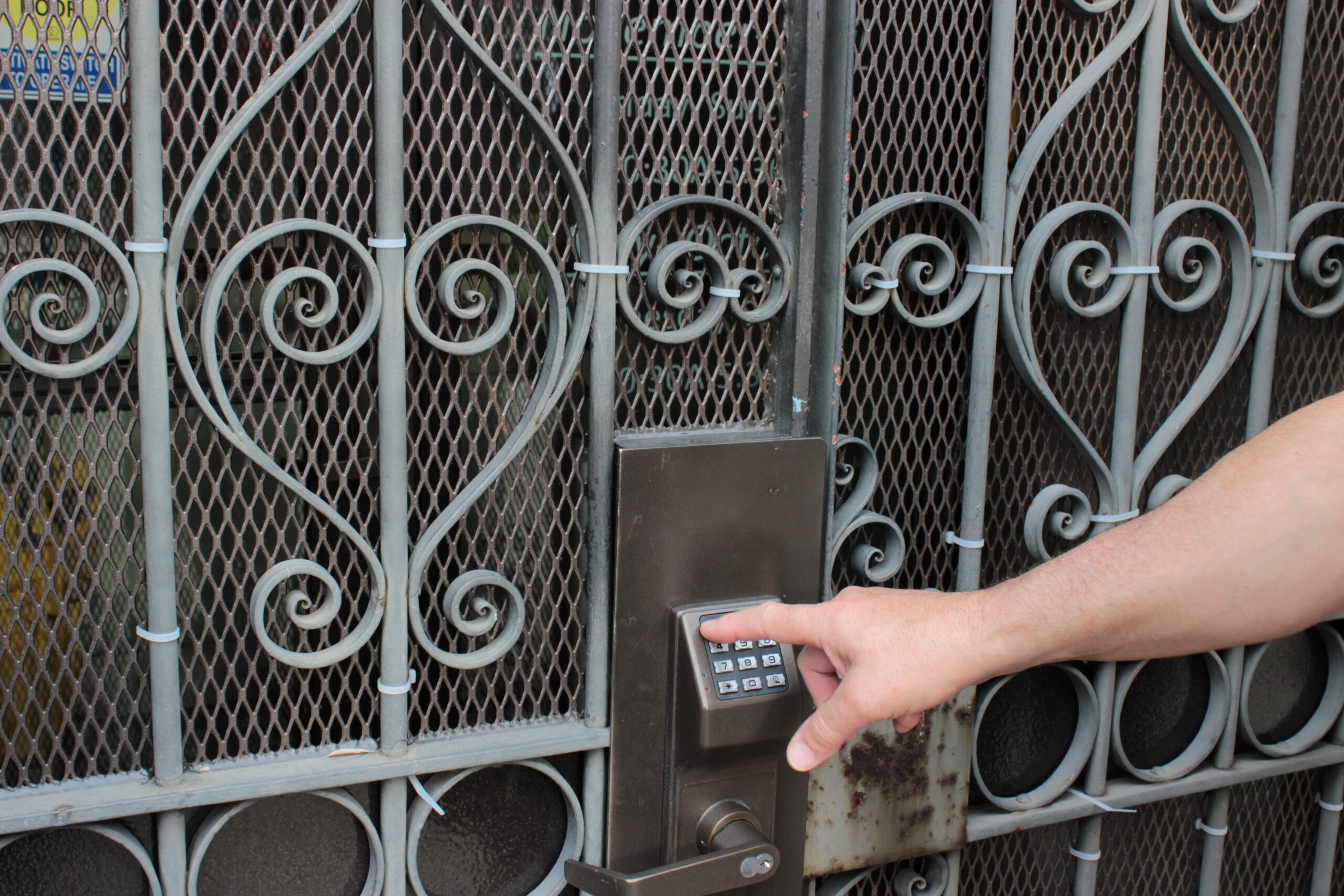
Disaster Recovery challenges in Microsoft Entra ID
Microsoft Entra ID (formerly Azure Active Directory) is a critical identity and access management solution used by enterprises to manage authentication and access control. While it ensures seamless integration with Microsoft 365 and cloud applications, organizations...
A deep dive into HPE Aruba 500 series Access Points
As enterprises rapidly adopt new technologies and embrace growing IoT ecosystems, the demand for reliable, high-performing wireless connectivity has never been greater. Enter the HPE Aruba 500 Series Campus Access Points, designed to revolutionize how organizations...
How to deploy DeepSeek in your office?
What is DeepSeek? DeepSeek is an open-source large language model (LLM) designed for natural language processing (NLP) tasks, similar to OpenAI's ChatGPT. Developed by DeepSeek AI, it aims to provide high-performance AI capabilities with transparency and flexibility,...
Secured Networking using Cisco Meraki Solutions
The essential solutions for a secured networking in an enterprise include: Firewalls: Next-Generation Firewall (NGFW) is an essential component, especially for businesses with remote workers and high security demands. NGFWs provide site-to-site and remote access VPNs...
Cisco Meraki MR44 vs. MR57: Which Access Point is Right for Your Business?
Selecting the right access point is crucial for establishing a fast, secure, and reliable wireless network. Cisco Meraki provides a variety of options, but today we’ll focus on two prominent models—the Meraki MR44 and Meraki MR57. Both models feature advanced...
What is SASE (Secure Access Service Edge)?
Introducing SASE ( Secure Access Service Edge) SASE, or Secure Access Service Edge, is a cybersecurity strategy that increases people's flexibility and safety when using company data and apps from any location. It employs a "trust no one" philosophy, integrates...
What is ZTNA (Zero Trust Network Access)?
Introduction to ZTNA (Zero Trust Network Access) Protecting our digital information is critical. Traditional network security measures, such as virtual barriers, are no longer as effective as they once were. Consider a scenario in which you can't simply trust...
Zero Trust: Forcepoint & Fortinet
Introduction A Zero Trust security framework built on the principle of "Never trust, always verify," ZTNA focuses on verifying the users and devices before granting access to applications and resources. It ensures continuous compliance with security policies. ...
Comprehensive Guide to Selecting the Right Data Loss Prevention System
Introduction In the digital age, safeguarding sensitive information is paramount. This guide helps CISOs navigate the complex landscape of Data Loss Prevention (DLP) solutions, ensuring alignment with organizational needs and infrastructure. Understanding Your...
How to Patch a system using Linux Image Creation; with commands
Patching in system administration refers to the process of updating and applying changes to software, operating systems, applications, and other components of a computer system to address security vulnerabilities, fix bugs, improve performance, and ensure the overall...

